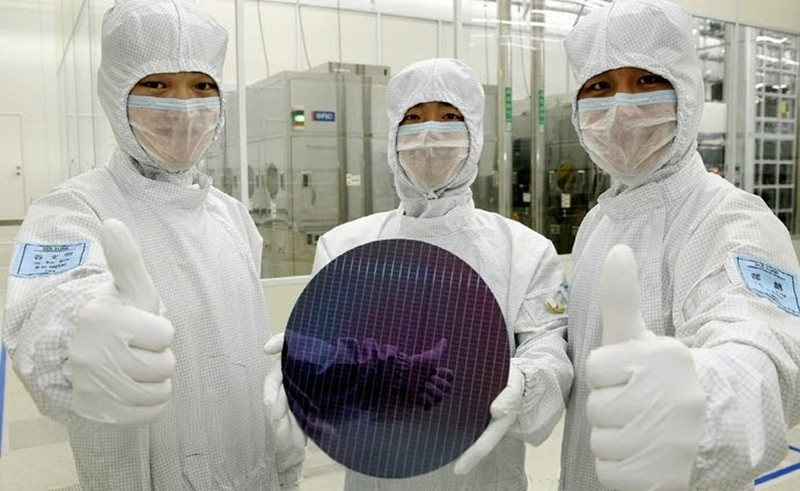All the activity of the previous three years, aimed at restricting the access of Chinese memory manufacturers to advanced production technologies by the US authorities, ultimately led to the preservation of competition from Chinese companies. In any case, according to unofficial data, South Korean Samsung is forced to increase the number of layers of 3D NAND memory produced in China to 286 pieces in order to keep up with the Chinese company YMTC.

Image Source: Samsung Electronics
As is known, the Chinese company YMTC has recently mastered the mass production of 3D NAND memory, which is equivalent in its layout to 294-layer. The South Korean company Samsung Electronics has the largest solid-state memory production facility in Xi’an, China, which accounts for up to 40% of the brand’s output. Initially, Samsung expected to upgrade the capacity of this facility in China to move from 128-layer to 236-layer memory, but now it expects to move one step further and master the production of 286-layer memory. Thus, theoretical parity with the Chinese YMTC will be conditionally achieved.
In principle, Samsung is ready to produce more modern memory outside of China. At the advanced South Korean enterprise in Pyeongtaek, it intends to set up serial production of 400-layer 3D NAND memory in the next half year. By that time, in Xi’an, it is planned to set up production of 2,000 to 5,000 silicon wafers with 286-layer 3D NAND memory per month. Agreements with the US authorities allow Samsung to produce memory chips with more than 200 layers in China, but the same YMTC in this case falls under export restrictions, not having access to the relevant technologies and equipment.
It is noteworthy that the planned modernization of memory production technologies still forces Samsung to reduce NAND production volumes. In the first quarter, the company will reduce its monthly production volume by a quarter to 420,000 NAND chips. In general, demand in the solid-state memory market leaves much to be desired, but more modern and capacious chips will be in demand in specific market segments such as artificial intelligence systems.